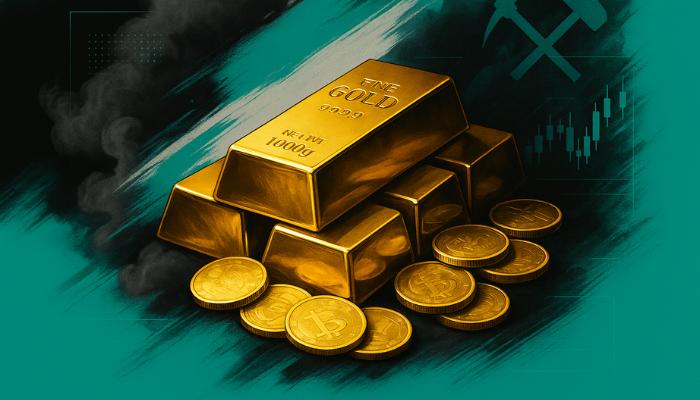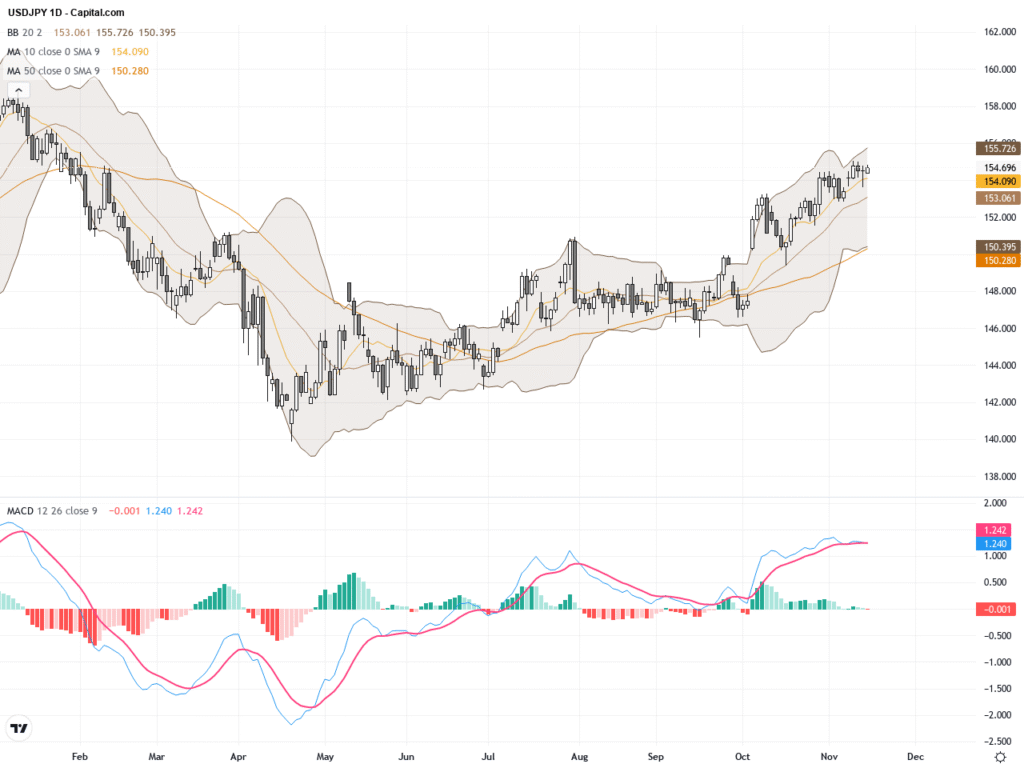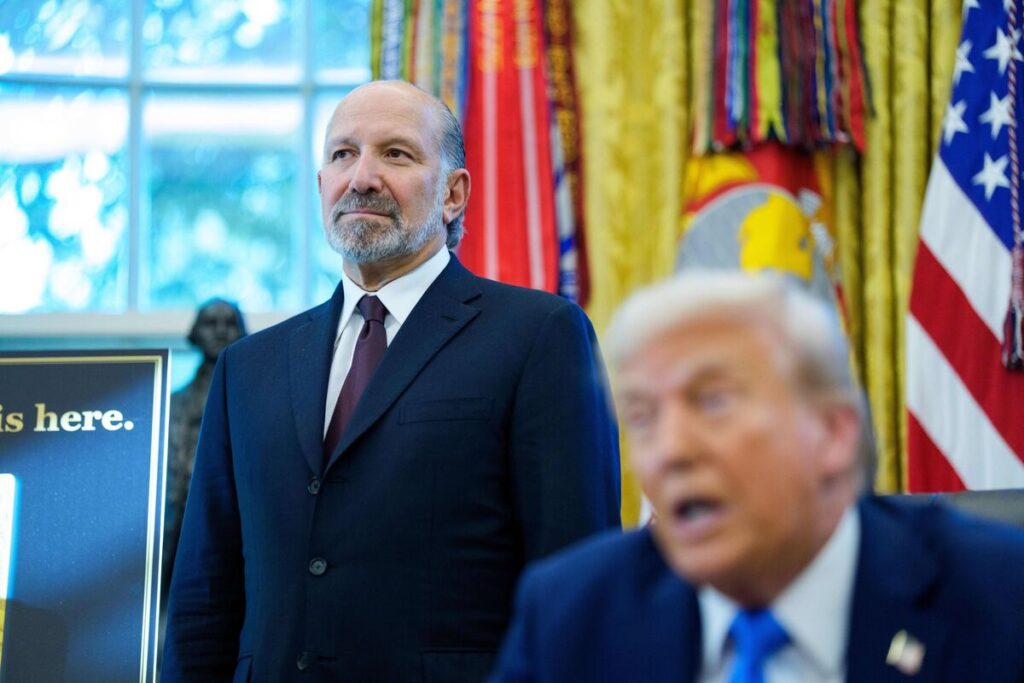 |
| Gold V.1.3.1 signal Telegram Channel (English) |

“Gold and Silver Outlook 2026: How Recent Fed Rate Cuts Impact Precious Metals Prices”
2025-10-30 @ 21:00
Gold and Silver Outlook Post-Fed Rate Cut: What’s Next for Precious Metals?
The precious metals market has been in sharp focus as both gold and silver prices responded to the Federal Reserve’s recent 25 basis point interest rate cut. Despite heightened volatility, both metals have shown notable resilience, as investors weigh the impacts of monetary policy shifts, inflation trends, and ongoing geopolitical uncertainty.
Gold: Surging Toward New Records
Gold’s performance over the past five years has been nothing short of remarkable. With persistent inflation, increased central bank buying, and a growing appetite for safe-haven assets, gold has not only weathered various economic storms but has steadily climbed to all-time highs. As of October 2025, gold surged above $4,000 per ounce, setting a new historic record. Even after a sudden 10% correction (falling briefly below $4,000), the consensus remains overwhelmingly bullish.
The trajectory for gold has been shaped by consecutive years of strong returns: a 24.9% gain in 2020, a moderate pullback in 2021 and 2022, a sharp 13% bounce in 2023, and an impressive 27% rally in 2024. So far in 2025, gold is consolidating near the upper end of its trading range—well above historical averages for the metal.
Why is gold showing such strength? The key factors fueling this rally include:
– Aggressive central bank accumulation, with some estimates indicating purchases averaging over 700 tonnes per quarter this year.
– Lingering policy uncertainty, especially around global interest rate trajectories and inflation expectations.
– Persistent geopolitical risks, ranging from regional conflicts to broader questions about monetary stability.
Major financial institutions have revised their projections sharply higher, heralding a major upward shift in the baseline outlook. Multiple global banks, including HSBC and Bank of America, now forecast gold will reach $5,000 per ounce—some as soon as the first half of 2026. J.P. Morgan sees prices averaging over $5,000 by late 2026, and even lays out scenarios where gold could reach $6,000 within three years.
The market now views $4,000 as a pivot point: If gold holds above this level, the path toward higher price targets becomes more credible, particularly if central banks and long-term investors maintain their current pace of buying. This structural support, combined with ongoing macro risks, cements gold’s reputation as a premier defensive asset.
Silver: Ready to Break Out?
Silver, traditionally more volatile than gold, is also enjoying renewed optimism. With industrial demand rising and investors eyeing silver’s historical tendency to outperform gold during bullish precious metals cycles, forecasts for 2025 and beyond are robust.
Analysts project that silver could deliver gains of approximately 25% in 2025, with the price expected to reach near $40 per ounce. This follows a similar period of consolidation in 2024, after which silver appears poised for a significant rally. By 2026, some experts predict silver will surpass its all-time high above $52.50 per ounce.
Several factors are converging to support higher silver prices:
– Rebounding global industrial demand, especially from clean energy and electronics sectors.
– A relatively tight supply outlook, with mine production slow to catch up to rising consumption.
– Positive momentum in the gold/silver ratio, suggesting silver is undervalued relative to gold and offering investors catch-up potential.
Short-term Market Volatility: Opportunity or Risk?
Despite the bullish long-term outlook, investors should be prepared for episodes of short-term volatility. For example, in October 2025, gold experienced a sharp single-week decline of over 10%, one of the steepest drops in recent years. Such corrections are not unusual in fast-moving markets and can provide opportunities for disciplined buyers to enter or add to positions.
Silver tends to exhibit even greater price swings due to its dual nature as both a monetary and industrial metal. Investors should keep in mind that while the broader trajectory points higher, the journey is likely to involve temporary setbacks and rapid recoveries.
Investment Strategy Considerations
Given these dynamics, investors considering exposure to gold and silver should focus on diversification and risk management. Physical bullion, exchange-traded funds (ETFs), mining equities, or a combination thereof may make sense depending on individual risk tolerance and investment horizons.
For gold, the current consolidation above $4,000 serves as a reference point for both traders seeking technical confirmation and long-term investors anchoring their outlook on the bullish macro trends. Silver, meanwhile, holds out the promise of outsized gains if industrial demand continues to strengthen and price momentum accelerates.
In summary, both gold and silver remain compelling components of a diversified portfolio as we move toward 2026. Factors such as central bank demand, inflation, and geopolitical instability are set to keep precious metals in the spotlight, with consensus forecasts leaning strongly bullish for the next several years. With discipline and patience, investors can participate in what many analysts expect to be a sustained bull market in precious metals.








